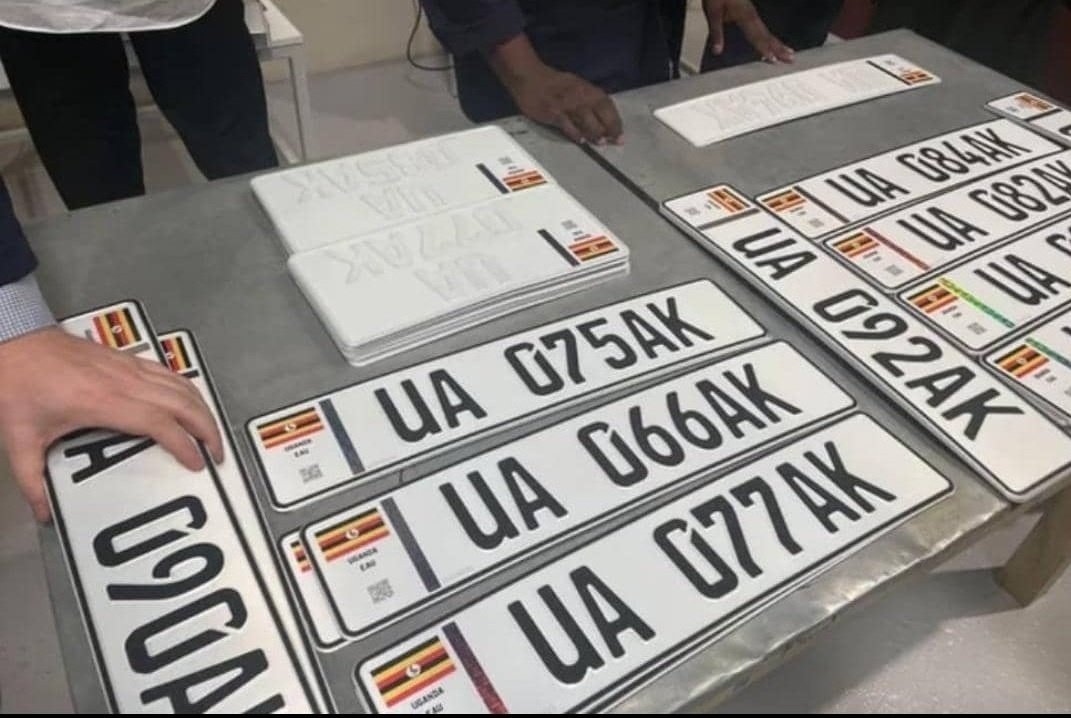The government stands to lose billions of shillings in unpaid traffic fines as motorists replace old license plates with digital ones. Key sources from ministries connected to the Express Penalty Scheme (EPS) have revealed that the transition to digital number plates has exposed gaps in the system, making it difficult to track defaulters.
According to sources, the lack of synchronization between old EPS fine records and the new digital system means vehicles with outstanding fines can replace their plates without the fines being flagged.
“The government is likely to lose substantial revenue from unpaid EPS fines because the data on outstanding fines hasn’t been integrated with the new digital number plates. Traffic officers cannot access a vehicle’s fine history once it transitions to the new system,” a source revealed.
The EPS System
Introduced in 2002 by the Ministry of Works and Transport, the EPS was designed to penalize errant motorists efficiently. Last year alone, police issued fines under the scheme amounting to Shs41.4 billion, with Shs40 billion collected in payments.
However, the 2022 Auditor General’s report highlighted a significant backlog of 528,027 unpaid EPS tickets worth more than Shs100 billion accrued over three financial years. The report urged the police to intensify efforts to recover these funds.
Tracking EPS fines has traditionally relied on vehicle license plates, as these are linked to fines issued to multiple drivers of the same vehicle. Vehicles with unpaid fines are usually impounded until the outstanding amounts are cleared.
Challenges with Digital Transition
The shift to digital number plates has complicated this system. Sources indicate that once a vehicle replaces its old plates with digital ones, it becomes difficult for traffic officers to determine whether it has unpaid fines.
“For example, some government vehicles with outstanding EPS fines now display new digital plates, but when their details are entered into the EPS tracking system, they show no record of unpaid fines,” a source explained.
Traffic officers may have to rely on driver’s permit details to track fines, a process that is time-consuming and prone to errors.
Police and Ministry Response
Uganda Police spokesperson Mr. Kituuma Rusoke confirmed the issue, stating that the synchronization of old EPS data with the digital system is still a work in progress.
“It’s true the system isn’t yet fully upgraded or synchronized. This is a transitional phase, and many vehicles still use the old plates,” Mr. Rusoke said, adding that police are working with the Ministry of Works and Transport to resolve these challenges.
Ministry spokesperson Ms. Susan Kataike acknowledged the problem, noting that police have requested motorists to clear outstanding fines before obtaining digital plates. However, she clarified that clearing EPS fines is not currently a prerequisite for plate replacement.
“We’ve discussed the issue, and the project management team is exploring solutions to address it,” Ms. Kataike said.
Historical Concerns
The government has faced revenue losses during previous transitions in EPS collection methods. For instance, during the switch from manual to electronic ticketing, motorists presented forged bank receipts to clear their fines from the debtors’ list. Similar fraud was detected when the payment system transitioned from police accounts to the Uganda Revenue Authority (URA).
Looking Ahead
As the transition to digital number plates continues, stakeholders are calling for urgent integration of systems to prevent revenue leakage. Ensuring all unpaid fines are cleared before issuing digital plates and addressing the broader gaps in EPS collection are seen as critical steps toward protecting public funds.
This ongoing issue underscores the need for robust systems and processes to streamline fine collection and enhance accountability in Uganda’s traffic enforcement mechanisms.





